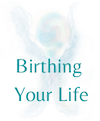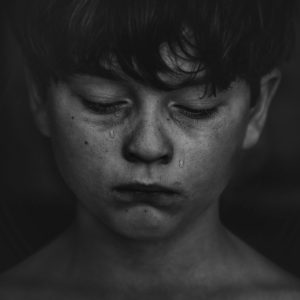It is over three weeks since the news of the mass shooting at a Florida high school shocked the world once again. I still feel the reverberations within me. My clients, students and supervisees often resonate with these feelings. Sadness at the immensity of life lost. Anger at the perpetuation of gun laws but even more at attitudes that support violence. How many times can this kind of thing happen? I hear Bob Dylan singing,
Yes, and how many times must the cannonballs fly
Before they’re forever banned?
Later lines in the song may be even more relevant to our current situation:
Yes, and how many ears must one man have
Before he can hear people cry?
Yes, and how many deaths will it take ‘til he knows
That too many people have died?
The song is about our refusal to acknowledge pain, even when it is displayed right in front of us.
Surely, you say, the song is not about us? Isn’t it about those politicians who refuse to change the laws and support peace?
Well, yes, and no.
Looking Deeper
What is it that supports peace? What is it that supports violence and killing? I think we need to look deeper here and not just blame those who hold political power. Even in an unfair system of electing those politicians, we all have power.
After the Florida catastrophe, I have been deeply touched by seeing videos of students from the school giving passionate speeches. Army veterans who have intimate knowledge of guns have spoken out on social media against them being available. People are expressing themselves, daring to express themselves, in ways they might not have before. I am grateful for that. I am also questioning what has prevented this kind of expression before?
Here I return to my understanding of trauma and how its residues can pervade every aspect of our lives, relationships, personalities and behaviors.
What kind of experience leads to a man shooting masses of innocent children and their teachers in a school? Of course he might say he was mistreated and psychologists might look at how he felt rejected, judged or misunderstood. All of that is likely to be true.
What is also likely to be true is that something preceded all that. Many children are mistreated or rejected without reacting by becoming a killing machine. Some do, however. These suffering individuals may be projecting their own anger and rage onto those around them, unconsciously expressing remnants of their own traumatic past. Those who don’t may have a different style of suffering.
Acknowledging Leftover Trauma
Our trauma history does not go away. We may make every effort to push it out of our awareness, to deny it, to belittle it, but it still has its effects. When denied it usually has more effects than when acknowledged. When it becomes unconscious “shadow’ material, it can express itself without our awareness until we shine the light of consciousness on it.
This applies to any kind of unresolved overwhelming experience or trauma. If we are supported in learning how to be with whatever it is, we can begin to liberate ourselves from the debilitating effects.
Yes, and how many years can a mountain exist
Before it’s washed to the sea?
Yes, and how many years can some people exist
Before they’re allowed to be free?
Yes, and how many times can a man turn his head
And pretend that he just doesn’t see?





Thank you for you wisdom,thoughts and writings Cherionna 💜
“The wound is where the light gets in”. Rumi
Thanks, Jo. I love that quote! xx
I have found the more I do my own personal work, the more space I am able to hold for my clients.
Thank you
Yes, it tends to be true. I find that, too. Thank you Brandi.